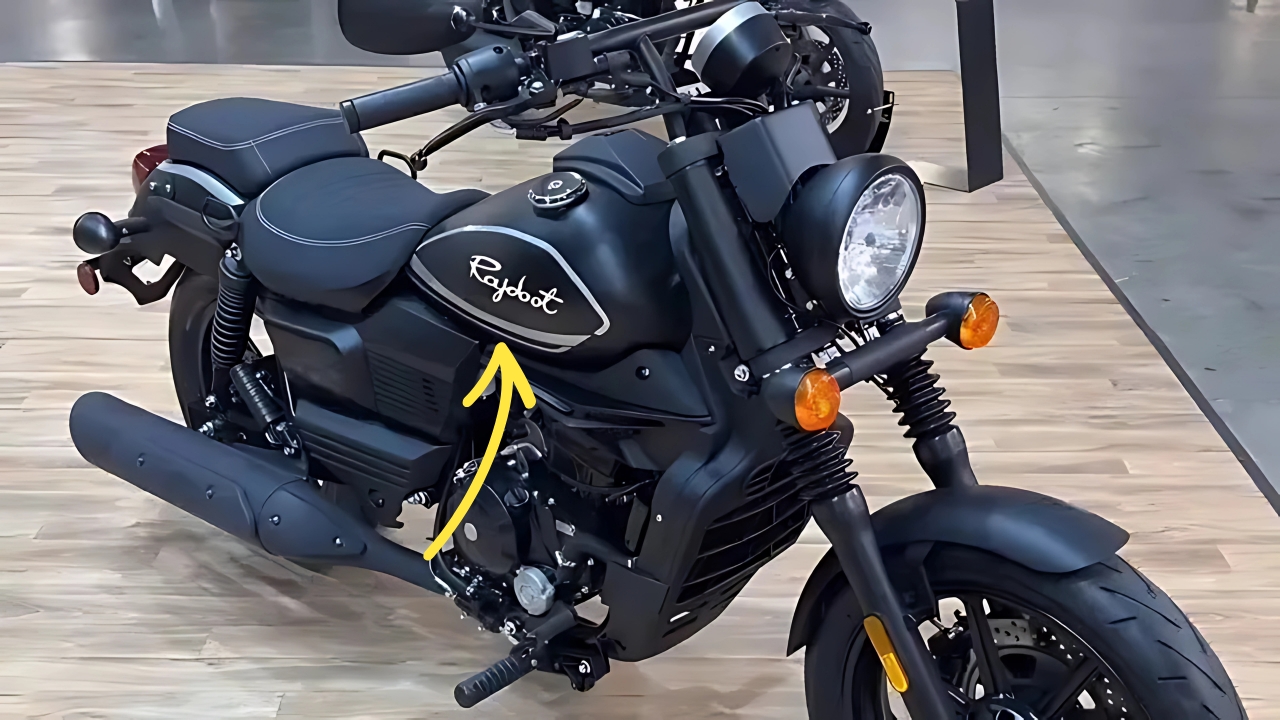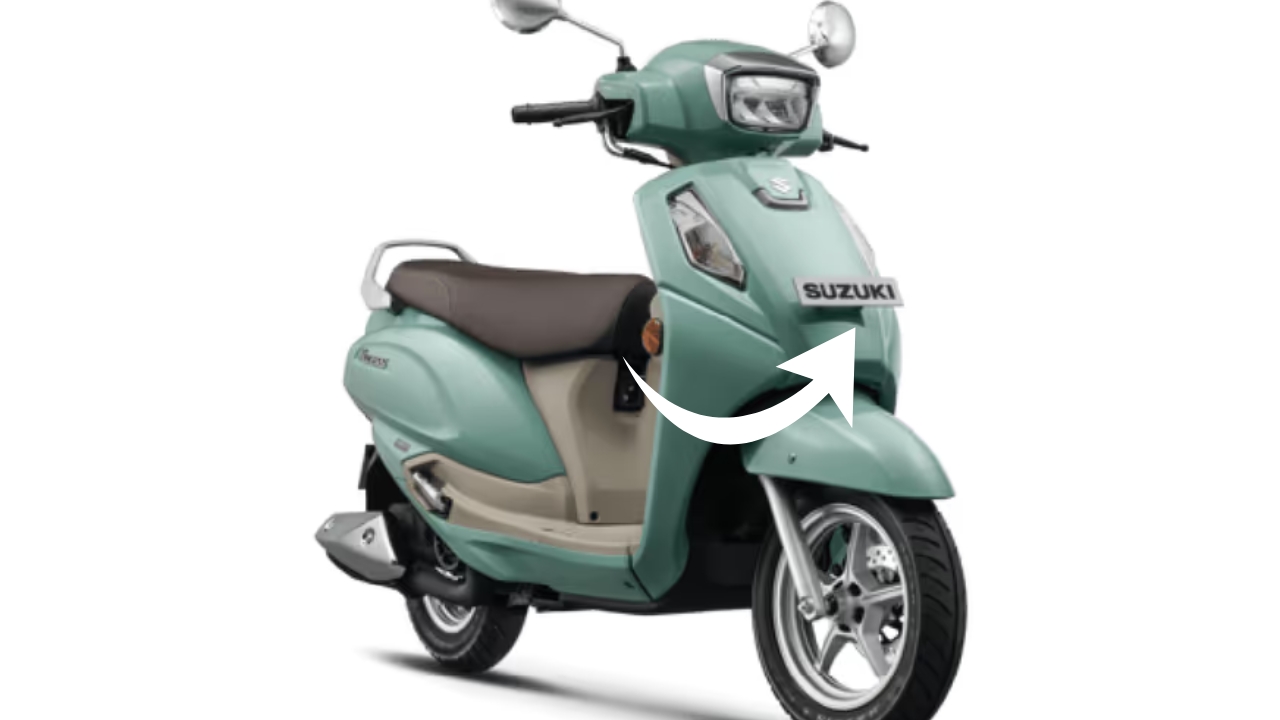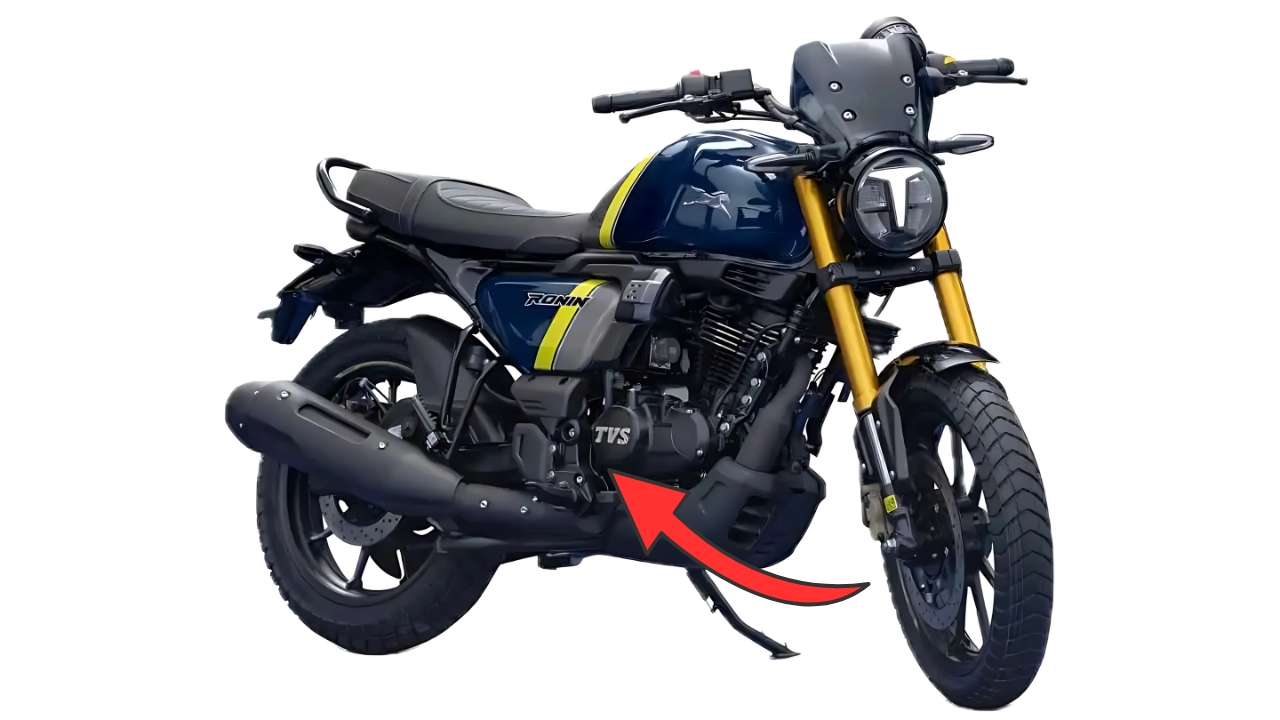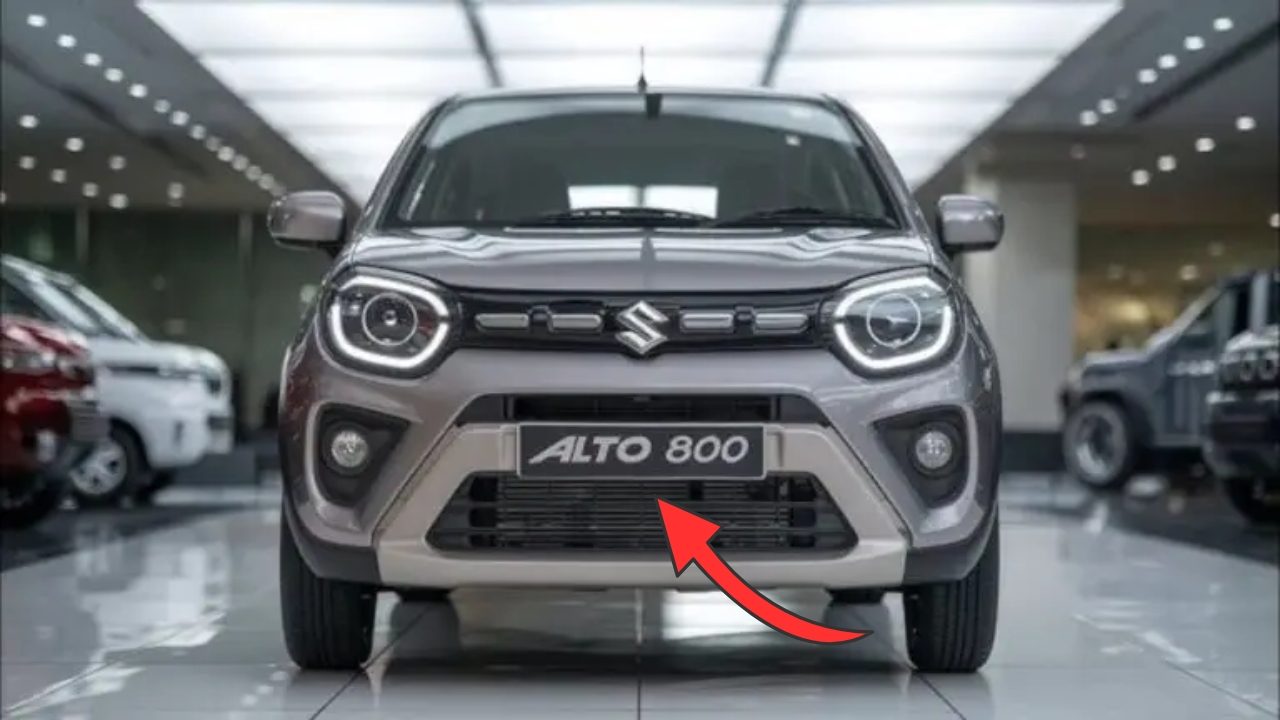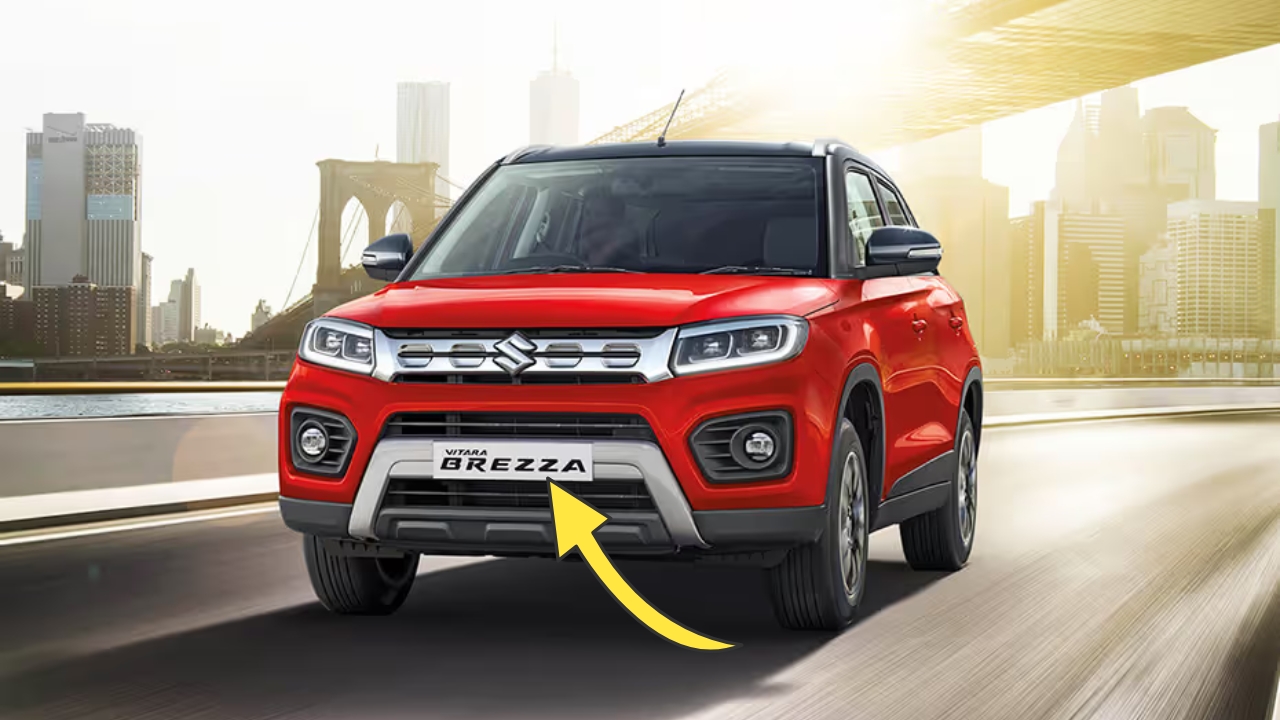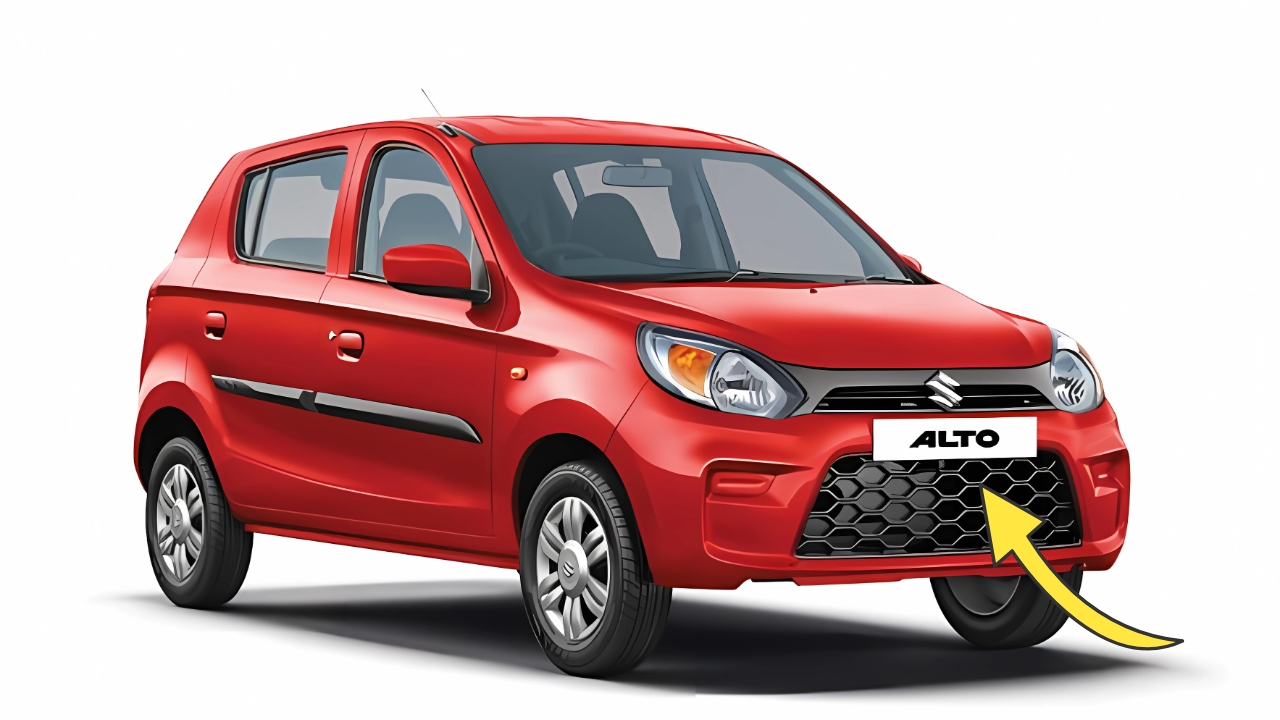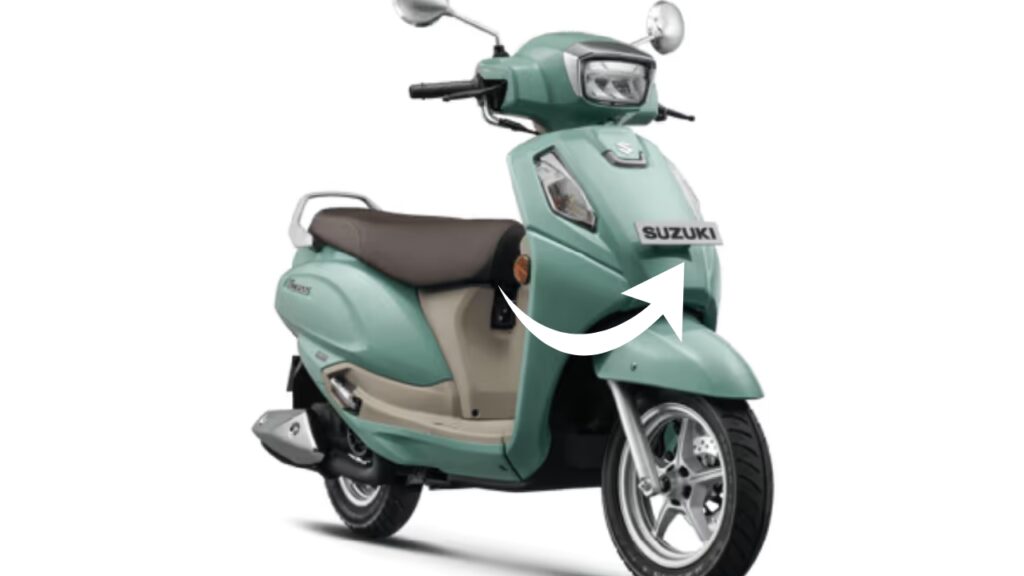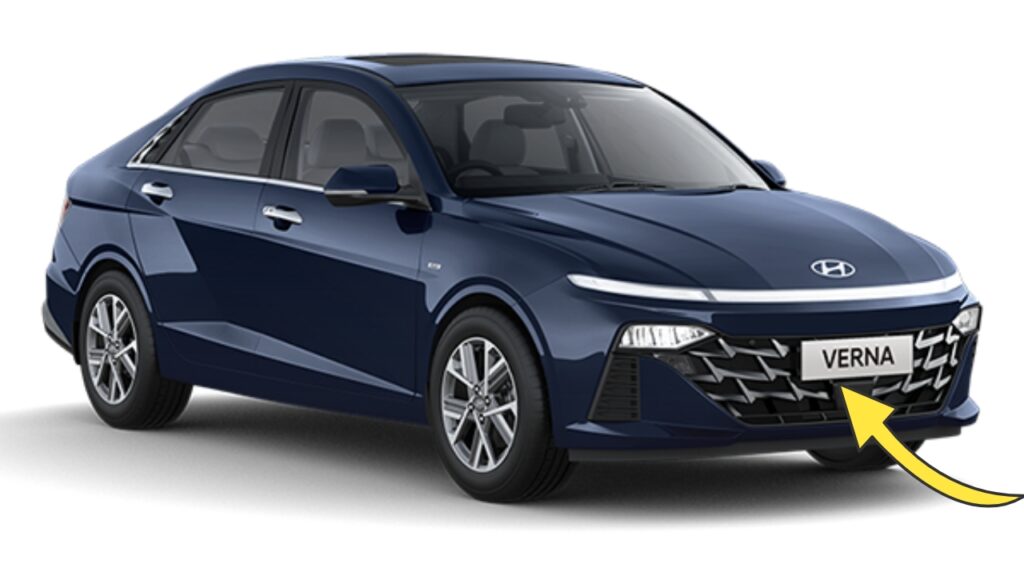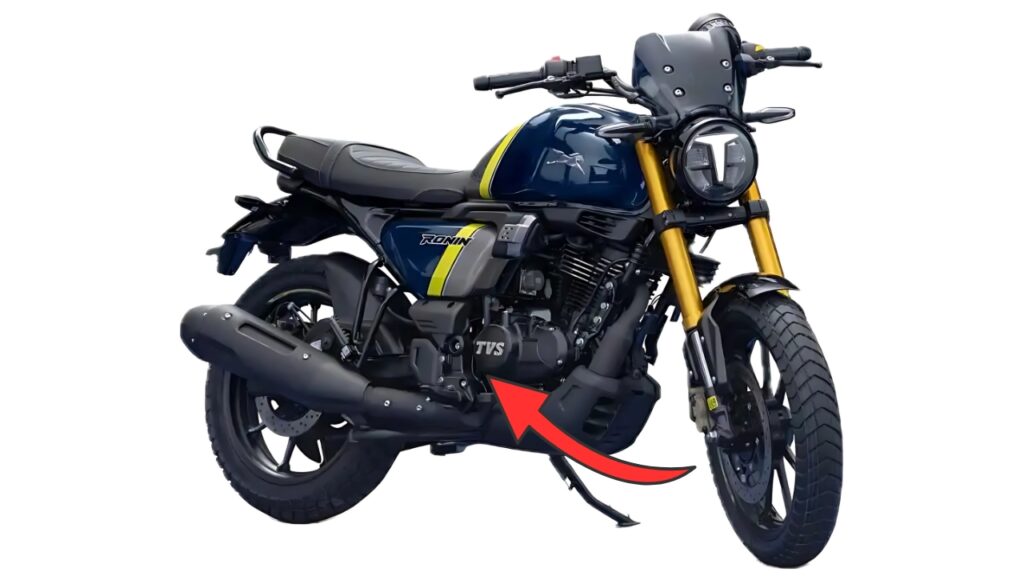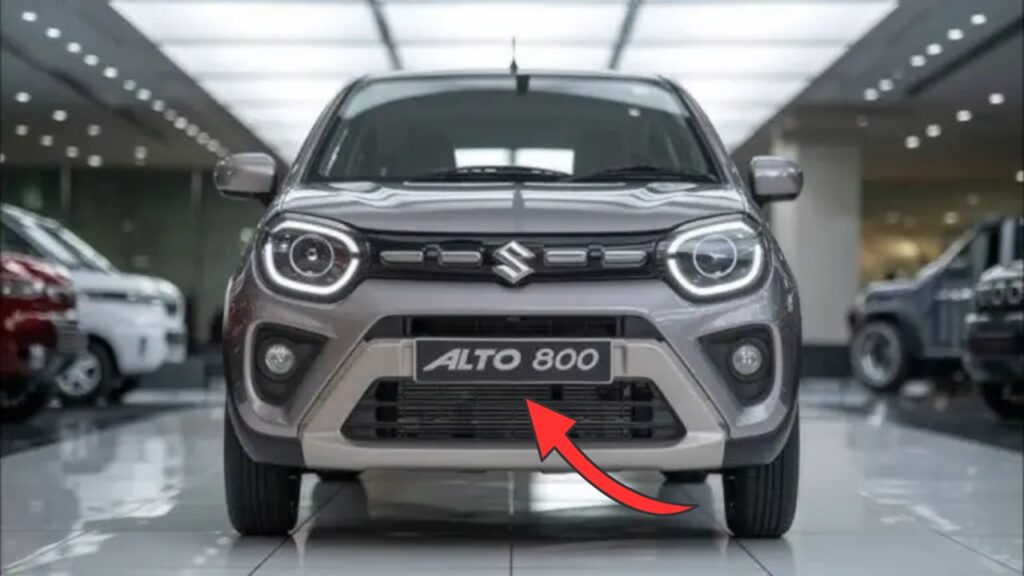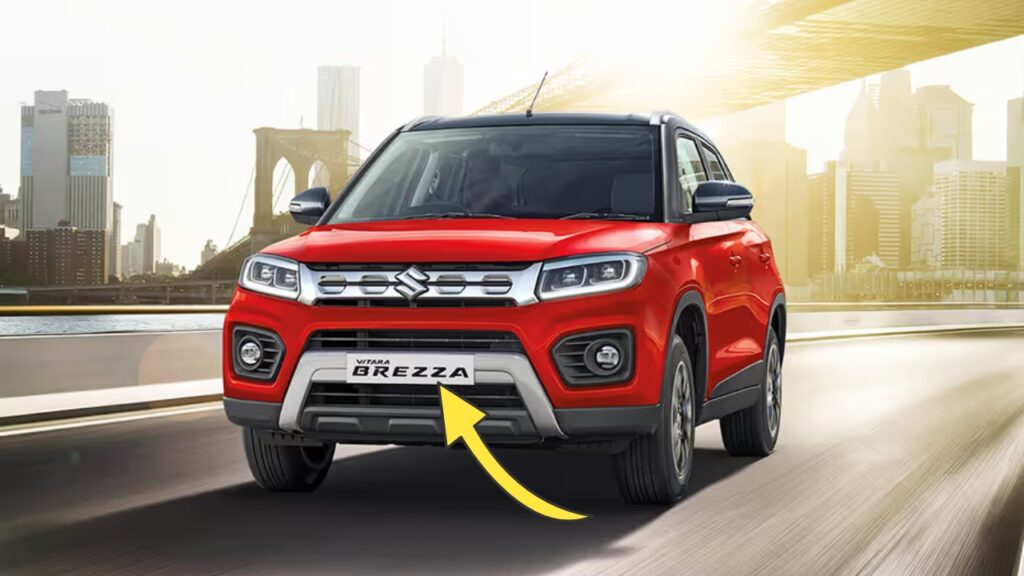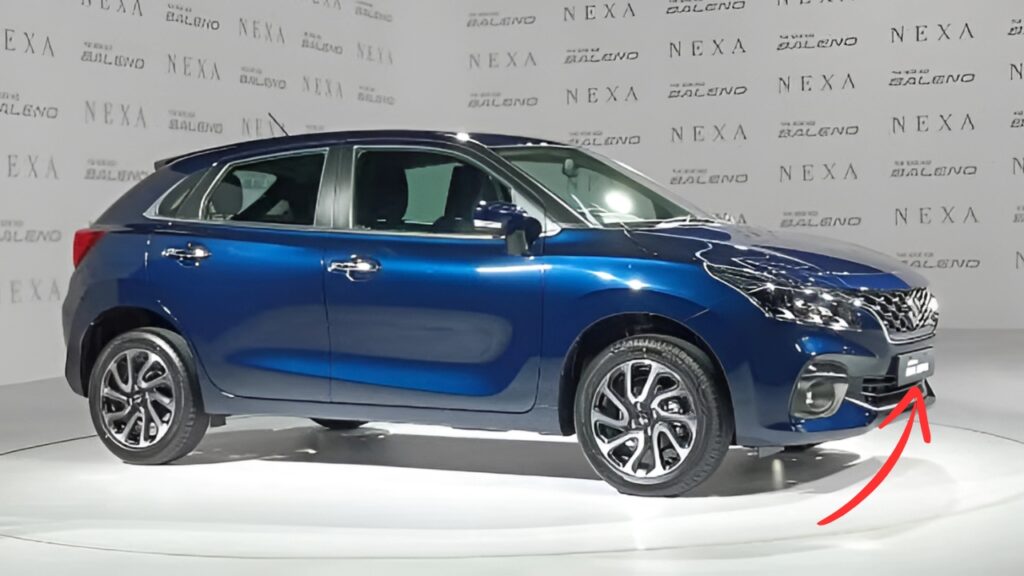Rajdoot 350: In the storied history of Indian motorcycling, few machines have captured the collective imagination and practical needs of a generation quite like the Rajdoot 350.
Produced by Escorts Group from 1969 to the early 2000s, this unassuming yet distinctive motorcycle became woven into the fabric of Indian roads and culture during a transformative period in the nation’s history.
While production ceased nearly two decades ago, the Rajdoot’s cultural footprint remains visible in vintage collections, nostalgic conversations, and the unmistakable silhouette that still occasionally rumbles through small-town India.
Rajdoot 350: The Origins: Born from International Collaboration
The story of the Rajdoot 350 begins not in India but in Poland, where the motorcycle was originally designed and manufactured as the SHL M11.
Escorts Group, looking to expand their agricultural machinery business into the growing motorcycle market, secured a licensing agreement to produce this design in India.
The motorcycle was rebranded as the Rajdoot 350, with the name meaning “royal messenger” in Hindi—an apt description for a vehicle that would become a trusted workhorse for government departments, police forces, and countless families across the country.
Production began in 1969 at Escorts’ Faridabad facility, with the motorcycle initially positioned as a premium offering in a market dominated by lighter machines like the Rajdoot Rajhans (Bobby) and the ubiquitous Bajaj scooters.
The 350cc displacement placed it squarely in competition with the Royal Enfield Bullet, though with a dramatically different approach to motorcycle design and riding experience.
My first encounter with a Rajdoot 350 came through my uncle’s prized possession—a 1978 model that had already served over a decade of faithful duty before I was old enough to appreciate it.
The distinctive thump of its single-cylinder engine announced his arrival long before he turned onto our street, a sound that became synonymous with family visits and occasional thrilling rides perched on the fuel tank as a child.
Technical Specifications: Robust Simplicity
The Rajdoot 350 was powered by a 173cc two-stroke, single-cylinder engine despite the “350” nomenclature (which referred to the original Polish model’s displacement).
This air-cooled power plant produced approximately 16 bhp at 5,250 rpm and 22.6 Nm of torque at 3,750 rpm—modest numbers by today’s standards but respectable for its era.
The engine’s architecture was straightforward with minimal moving parts, making it both durable and relatively easy to maintain—critical factors in a time when service networks were limited, especially in rural areas.
The two-stroke design delivered power in an eager rush rather than the measured delivery of four-stroke alternatives, giving the Rajdoot a distinctive character that enthusiasts still reminisce about.
Power was transmitted through a four-speed gearbox with a heel-and-toe shifter on the left side—a configuration that required some acclimation for riders accustomed to modern shift patterns but became second nature with experience.
The wet multi-plate clutch proved remarkably durable, often outlasting other components even under harsh conditions.
The electrical system was basic by design, featuring a 6-volt setup with a magneto ignition that proved largely impervious to the monsoon downpours and dusty conditions that challenged more complex systems.
The headlight, while not particularly powerful by modern standards, provided adequate illumination for the slower speeds and less congested roads of the era.
The motorcycle’s frame was a dual-cradle design constructed from robust steel tubing, providing excellent load-bearing capacity—a feature regularly tested by owners who thought nothing of carrying a family of four or improbable quantities of cargo.
Suspension duties were handled by telescopic forks at the front and swing-arm with dual shock absorbers at the rear, delivering a firm but manageable ride over the varied and often challenging road surfaces encountered across India.
Stopping power came from drum brakes front and rear, which required thoughtful anticipation rather than last-minute decisions—a characteristic that shaped the riding style of an entire generation.
The 18-inch wire-spoke wheels were shod with tubed tires that prioritized durability over outright grip, another practical concession to the realities of Indian road conditions.
The Riding Experience: Distinctive Character
Riding a Rajdoot 350 was an experience that engaged all senses in a way that modern motorcycles, with their focus on refinement and isolation, rarely manage.
The process began before even mounting the machine—the distinctive starting ritual involved turning on the fuel tap, setting the choke (a temperamental process that owners claimed required understanding the motorcycle’s “mood”), and then executing a committed kick to bring the engine to life.
Success was announced with a cloud of blue-tinged smoke and the distinctive raspy idle that set two-stroke engines apart from their four-stroke counterparts.
The vibrations that coursed through the handlebars and footrests weren’t seen as flaws but rather confirmation that the mechanical heart was beating as intended.
Once underway, the Rajdoot revealed its character through a series of contradictions. The riding position was upright and commanding, with wide handlebars providing excellent leverage for navigating urban traffic or potholed rural roads.
The seat, a long bench designed for utility rather than anatomy, proved surprisingly accommodating during extended journeys despite its minimal padding.
Acceleration was surprisingly brisk from a standstill, with the two-stroke engine delivering its power in an engaging rush that encouraged short-shifting to maintain momentum.
The distinctive exhaust note rose from a throaty burble to an urgent rasp as revs increased, providing an auditory tachometer that experienced riders could interpret with remarkable precision.
The handling characteristics reflected the motorcycle’s purposeful design philosophy. At lower speeds, particularly in urban environments, the Rajdoot was pleasantly maneuverable despite its substantial weight.
As speeds increased, especially on the open highway, a certain stoicism developed in the chassis, requiring deliberate inputs rather than quick flickability.
This stability proved beneficial when carrying passengers or cargo—common scenarios for most owners.
Fuel efficiency was a notable strength, with careful riders achieving over 35 kilometers per liter despite the relatively inefficient two-stroke engine design.
The 14-liter fuel tank thus provided a useful range of approximately 450-500 kilometers between refills—important in an era when fuel stations were less prevalent, particularly in rural areas.
Cultural Impact: Beyond Transportation
To fully understand the Rajdoot 350’s significance requires looking beyond its mechanical specifications to its role in Indian society during a transformative period.
For many middle-class families in the 1970s and 1980s, the Rajdoot represented a first step into motorized mobility—a significant milestone in a country where vehicle ownership signified both practical utility and social advancement.
Government departments and public service agencies adopted the motorcycle in substantial numbers, with postal workers, police officers, and municipal employees using the rugged machine to extend their operational reach.
The distinctive silhouette of a uniformed postal worker astride a Rajdoot became a common sight that represented the government’s presence even in remote areas.
The motorcycle’s load-carrying capabilities aligned perfectly with the pragmatic needs of small business owners.
It wasn’t uncommon to see a Rajdoot transporting improbable quantities of goods—from stacked milk cans to towering bundles of textiles—that defied both physics and traffic regulations.
This versatility made the motorcycle an investment in business capability rather than merely personal transportation.
In cinema, particularly in the 1980s, the Rajdoot often appeared as a signifier of the common man—the hardworking, resourceful protagonist navigating both physical and socioeconomic landscapes.
Its unpretentious presence contrasted with the more aspirational vehicles that typically signified wealth or villainy, helping to establish relatable characters that resonated with mainstream audiences.
The motorcycle also played a subtle role in India’s rural economies by spawning a network of mechanics and spare parts suppliers who developed expertise specific to the Rajdoot’s systems.
Many of these small enterprises became community institutions in their own right, with proprietors serving as both technical resources and repositories of local knowledge.
Comparative Analysis: The Rajdoot vs. Contemporary Competitors
| Feature | Rajdoot 350 | Royal Enfield Bullet 350 | Jawa 250 | Yezdi Roadking | Yamaha RX100 |
|---|---|---|---|---|---|
| Engine | 173cc 2-stroke Single | 346cc 4-stroke Single | 250cc 2-stroke Single | 250cc 2-stroke Single | 98cc 2-stroke Single |
| Power | 16 bhp @ 5250 rpm | 18 bhp @ 5250 rpm | 14 bhp @ 5250 rpm | 16 bhp @ 5500 rpm | 11 bhp @ 7500 rpm |
| Torque | 22.6 Nm @ 3750 rpm | 32 Nm @ 3000 rpm | 20.4 Nm @ 4750 rpm | 22.1 Nm @ 5000 rpm | 10.39 Nm @ 6500 rpm |
| Transmission | 4-speed | 4-speed | 4-speed | 4-speed | 4-speed |
| Weight | 187 kg | 180 kg | 154 kg | 158 kg | 103 kg |
| Fuel Efficiency | 30-35 km/l | 30-35 km/l | 25-30 km/l | 25-30 km/l | 40-45 km/l |
| Top Speed | 100-110 km/h | 110-120 km/h | 120-125 km/h | 120-125 km/h | 100 km/h |
| Distinctive Feature | Load-carrying capacity | Thump sound, heritage | European styling | Off-road capability | Lightweight agility |
| Primary Market Position | Utilitarian workhorse | Premium, aspirational | Urban style, performance | Adventure, ruggedness | Youth, performance |
| Production Period | 1969-2000s | 1955-present (evolved) | 1973-1996 | 1978-1996 | 1985-1996 |
This comparison highlights the Rajdoot’s positioning as a utilitarian workhorse compared to its contemporaries.
While the Royal Enfield offered heritage and a distinctive four-stroke character, and the Jawa and Yezdi targeted performance-oriented riders, the Rajdoot focused on practicality, reliability, and load-carrying capacity that appealed to a different segment of the market.
The Ownership Experience: Relationship Rather Than Possession
Owning a Rajdoot 350 wasn’t merely a matter of possession but rather the beginning of a relationship that demanded engagement and developed character over time.
This relationship began with the distinctive starting procedure—a ritual that owners claimed required understanding their specific motorcycle’s temperament.
Cold morning starts might require a particular choke position and a certain kicking technique that became muscle memory over time.
Maintenance followed similar patterns of personalization. The recommended service schedule served as a starting point, but experienced owners developed their own regimens based on observed performance and operating conditions.
Two-stroke oil ratios might be adjusted slightly based on load and season, while carburetor settings became a matter of personal preference as much as technical specification.
This hands-on relationship extended to roadside repairs, which were remarkably feasible given the motorcycle’s straightforward design.
A basic toolkit, usually stored under the seat, could address most common issues, while more serious repairs rarely required specialized equipment beyond what was available at local workshops.
This repairability contributed significantly to the motorcycle’s longevity, with many examples continuing in regular service decades after production.
The Rajdoot’s fuel and oil consumption patterns required a certain mindfulness from owners. The separate oil injection system (on later models) needed regular checking, while the two-stroke engine’s thirst for fuel meant developing awareness of the motorcycle’s range and planning journeys accordingly.
This mindfulness fostered an attentiveness to the machine’s needs that modern, low-maintenance vehicles rarely demand.
Perhaps most distinctively, Rajdoot owners often developed a social connection through their shared experiences.
Encountering another Rajdoot rider on the road frequently led to conversations about maintenance tips, parts sources, or memorable journeys.
This community aspect extended the ownership experience beyond the individual relationship with the machine to a broader culture of shared knowledge and appreciation.
Legacy and Collector Status: From Utility to Nostalgia
As production wound down in the early 2000s, the Rajdoot 350 began its transition from ubiquitous utility vehicle to nostalgic icon.
The remaining examples, many now showing decades of hard use, faced divergent fates: continued service in increasingly rural areas, abandonment in backyards and workshops, or—for a fortunate few—preservation and restoration by emerging vintage motorcycle enthusiasts.
This last category has grown significantly in recent years, with well-maintained or carefully restored Rajdoots now commanding prices that would have been unimaginable during the motorcycle’s production years.
What was once considered merely a practical machine has been recontextualized as a cultural artifact representing a particular period in Indian mobility and design.
Restoration challenges reflect the Rajdoot’s transition from commonplace to collectible. Parts that were once available at any roadside shop now require dedicated sourcing through specialist networks or vintage enthusiast groups.
Skilled mechanics familiar with the motorcycle’s peculiarities are increasingly rare, making knowledge preservation almost as important as preserving the machines themselves.
Vintage motorcycle events now regularly feature Rajdoot 350s, often drawing crowds of admirers too young to have experienced the motorcycle during its heyday but attracted to its distinctive aesthetic and the stories it represents.
The distinctive exhaust note, once so common as to be unremarkable, now turns heads as a rare auditory connection to an earlier era.
Key Factors Behind the Rajdoot 350’s Enduring Cultural Significance
-
Perfect Market Fit: The Rajdoot arrived at precisely the right moment to serve India’s emerging mobility needs, offering rugged practicality at an accessible price point.
-
Distinctive Character: From its unique silhouette to its unmistakable exhaust note, the Rajdoot created a multisensory identity that remained recognizable across decades.
-
Mechanical Durability: The robust engineering and straightforward design enabled extraordinary service lifespans, allowing individual machines to become multi-generational family members.
-
Adaptability: The motorcycle’s design accommodated an astonishing range of use cases, from solo commuting to family transport to commercial applications.
-
Repairability: The accessible mechanical design created a ownership experience where maintenance was a practical reality rather than a specialized service, fostering deeper connections between riders and their machines.
-
Cultural Representation: Through its appearances in cinema, government service, and daily life, the Rajdoot became a visual shorthand for a particular period in Indian society.
-
Nostalgic Resonance: The motorcycle now serves as a tangible connection to a period of simpler technology and more direct mechanical engagement that many find increasingly appealing in our digital age.
Rajdoot 350:
The Rajdoot 350’s significance transcends its role as a means of transportation. Through its distinctive character, practical utility, and sheer longevity, it earned a place in India’s cultural memory that outlasted its production run.
What began as a licensed reproduction of a Polish design evolved into something uniquely Indian—a machine adapted to local conditions, needs, and sensibilities in ways its original designers likely never anticipated.
For those who experienced the Rajdoot during its heyday, the motorcycle evokes not just nostalgia but memories of a particular relationship with technology—one characterized by engagement, understanding, and adaptation rather than passive consumption.
This relationship stands in marked contrast to contemporary vehicle ownership, where sealed components and computerized systems create distance between users and the mechanical processes that serve them.
The Rajdoot 350’s legacy lives on not just in preserved examples but in the mechanical knowledge, riding habits, and cultural references it generated during its production life.
As India’s automotive landscape continues its rapid evolution toward electrification and connectivity, the Rajdoot remains a tangible reminder of an earlier approach to mobility—one defined by mechanical simplicity, rugged durability, and the direct connection between rider and machine.
